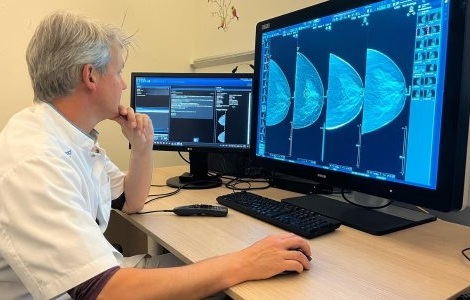Infrared Super-Continuum Laser Monitors Brain Health
|
By MedImaging International staff writers Posted on 10 Feb 2020 |
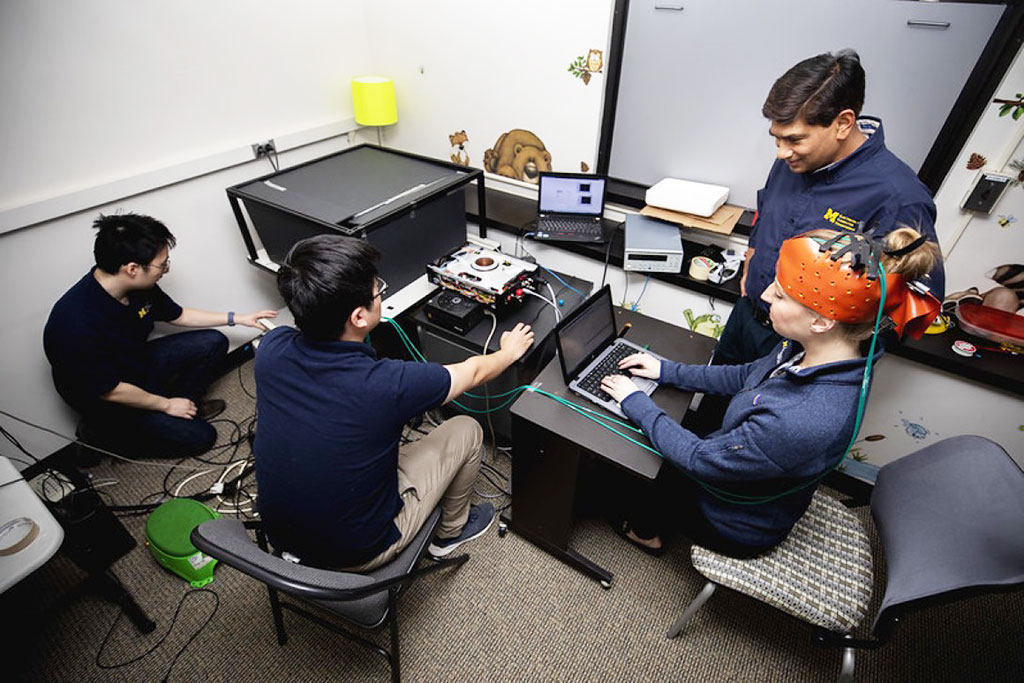
Image: The concussion detecting laser in human trials (Photo courtesy of Joseph Xu/ U-M)
A new study describes how a portable super-continuum device uses infrared (IR) light to monitor cytochrome C oxidase (CCO) metabolism as an indicator of brain cell distress.
Developed at the University of Michigan (U-M; Ann Arbor, USA), the new device does not monitor whether the brain is getting oxygen, but rather if the brain cells are able to use that oxygen. Research shows that CCO is excited by laser light transmitted at wavelengths of 750 to 900 nanometers (the resonant frequency). By recording levels of CCO, brain metabolism can be quantified non-invasively in-situ, for example in the emergency room (ER) or intensive care unit (ICU). The study was presented at the annual Photonics West conference, held during February 2020 in San Francisco (CA, USA).
“Concussions in athletics have been in the spotlight for the previous decade, but soldiers are also at high risk. At present, there is no one test that can diagnose a concussion. There’s no scan, no blood test, no computer test. We currently rely on a clinical exam and interpretation by the medical provider, so the diagnosis is subjective,” said Professor Steven Broglio, MD, director of the Michigan Concussion Center. “We believe this technology is the first step in changing that by measuring brain metabolism, potentially resulting in faster and more certain diagnoses.”
“This device could guide the treatment of more serious brain injuries and other conditions that put the brain at risk. In its broadest application, it could help patients whose blood pressure falls so much that there isn’t enough blood flow to keep cells functioning normally,” said trauma and emergency surgeon Rachel Russo, MD. “This would be the first device that could measure how well their brain cells are doing right in the hospital room.”
CCO is the membrane-bound enzyme that is found in essentially all organisms that utilize oxygen. It serves as the terminal constituent of the electron transport chain in the inner mitochondrial membrane, where it reduces molecular oxygen to form water, allowing adenosine triphosphate (ATP) production. The activity of CCO can be used to determine the number of active mitochondria or increase in electron transport activity in the mitochondria (energy expense or respiration rate).
Related Links:
University of Michigan
Developed at the University of Michigan (U-M; Ann Arbor, USA), the new device does not monitor whether the brain is getting oxygen, but rather if the brain cells are able to use that oxygen. Research shows that CCO is excited by laser light transmitted at wavelengths of 750 to 900 nanometers (the resonant frequency). By recording levels of CCO, brain metabolism can be quantified non-invasively in-situ, for example in the emergency room (ER) or intensive care unit (ICU). The study was presented at the annual Photonics West conference, held during February 2020 in San Francisco (CA, USA).
“Concussions in athletics have been in the spotlight for the previous decade, but soldiers are also at high risk. At present, there is no one test that can diagnose a concussion. There’s no scan, no blood test, no computer test. We currently rely on a clinical exam and interpretation by the medical provider, so the diagnosis is subjective,” said Professor Steven Broglio, MD, director of the Michigan Concussion Center. “We believe this technology is the first step in changing that by measuring brain metabolism, potentially resulting in faster and more certain diagnoses.”
“This device could guide the treatment of more serious brain injuries and other conditions that put the brain at risk. In its broadest application, it could help patients whose blood pressure falls so much that there isn’t enough blood flow to keep cells functioning normally,” said trauma and emergency surgeon Rachel Russo, MD. “This would be the first device that could measure how well their brain cells are doing right in the hospital room.”
CCO is the membrane-bound enzyme that is found in essentially all organisms that utilize oxygen. It serves as the terminal constituent of the electron transport chain in the inner mitochondrial membrane, where it reduces molecular oxygen to form water, allowing adenosine triphosphate (ATP) production. The activity of CCO can be used to determine the number of active mitochondria or increase in electron transport activity in the mitochondria (energy expense or respiration rate).
Related Links:
University of Michigan
Latest General/Advanced Imaging News
- New Algorithm Dramatically Speeds Up Stroke Detection Scans
- 3D Scanning Approach Enables Ultra-Precise Brain Surgery
- AI Tool Improves Medical Imaging Process by 90%
- New Ultrasmall, Light-Sensitive Nanoparticles Could Serve as Contrast Agents
- AI Algorithm Accurately Predicts Pancreatic Cancer Metastasis Using Routine CT Images
- Cutting-Edge Angio-CT Solution Offers New Therapeutic Possibilities
- Extending CT Imaging Detects Hidden Blood Clots in Stroke Patients
- Groundbreaking AI Model Accurately Segments Liver Tumors from CT Scans
- New CT-Based Indicator Helps Predict Life-Threatening Postpartum Bleeding Cases
- CT Colonography Beats Stool DNA Testing for Colon Cancer Screening
- First-Of-Its-Kind Wearable Device Offers Revolutionary Alternative to CT Scans
- AI-Based CT Scan Analysis Predicts Early-Stage Kidney Damage Due to Cancer Treatments
- CT-Based Deep Learning-Driven Tool to Enhance Liver Cancer Diagnosis
- AI-Powered Imaging System Improves Lung Cancer Diagnosis
- AI Model Significantly Enhances Low-Dose CT Capabilities
- Ultra-Low Dose CT Aids Pneumonia Diagnosis in Immunocompromised Patients
Channels
Radiography
view channel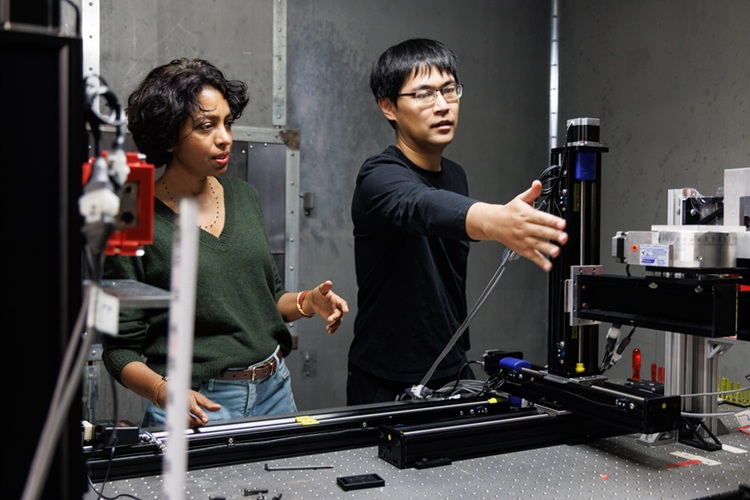
X-Ray Breakthrough Captures Three Image-Contrast Types in Single Shot
Detecting early-stage cancer or subtle changes deep inside tissues has long challenged conventional X-ray systems, which rely only on how structures absorb radiation. This limitation keeps many microstructural... Read more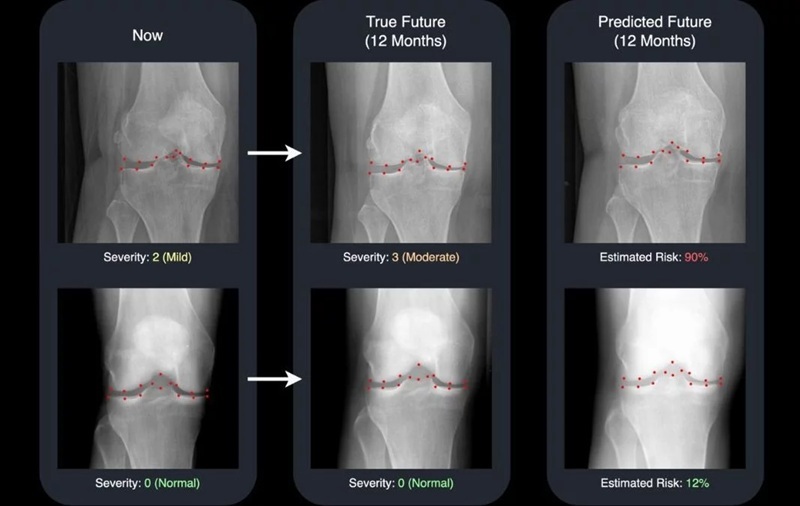
AI Generates Future Knee X-Rays to Predict Osteoarthritis Progression Risk
Osteoarthritis, a degenerative joint disease affecting over 500 million people worldwide, is the leading cause of disability among older adults. Current diagnostic tools allow doctors to assess damage... Read moreMRI
view channel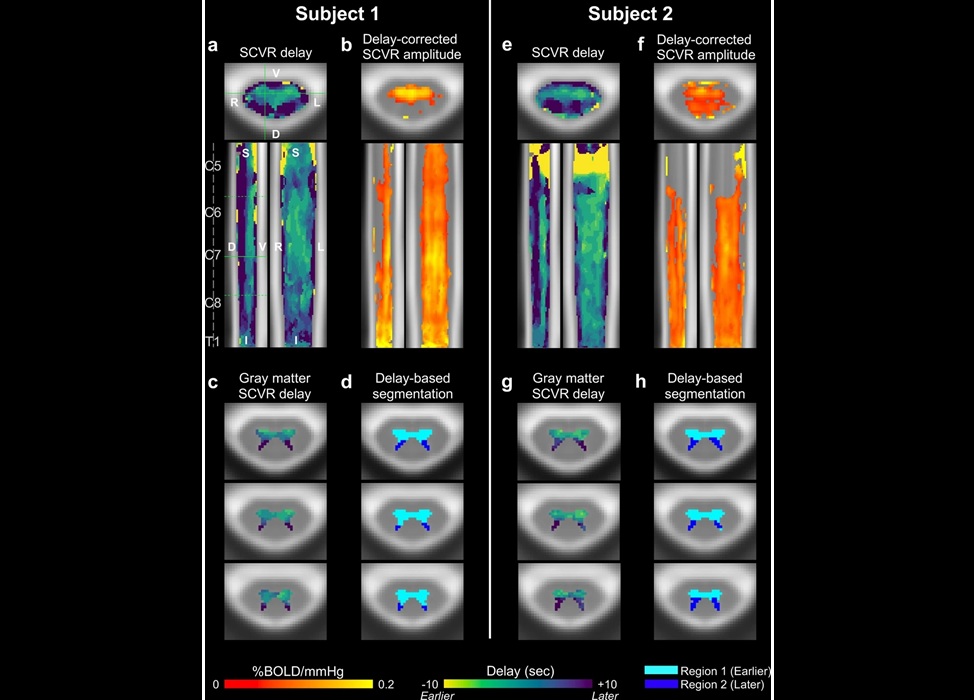
Novel Imaging Approach to Improve Treatment for Spinal Cord Injuries
Vascular dysfunction in the spinal cord contributes to multiple neurological conditions, including traumatic injuries and degenerative cervical myelopathy, where reduced blood flow can lead to progressive... Read more
AI-Assisted Model Enhances MRI Heart Scans
A cardiac MRI can reveal critical information about the heart’s function and any abnormalities, but traditional scans take 30 to 90 minutes and often suffer from poor image quality due to patient movement.... Read more
AI Model Outperforms Doctors at Identifying Patients Most At-Risk of Cardiac Arrest
Hypertrophic cardiomyopathy is one of the most common inherited heart conditions and a leading cause of sudden cardiac death in young individuals and athletes. While many patients live normal lives, some... Read moreUltrasound
view channel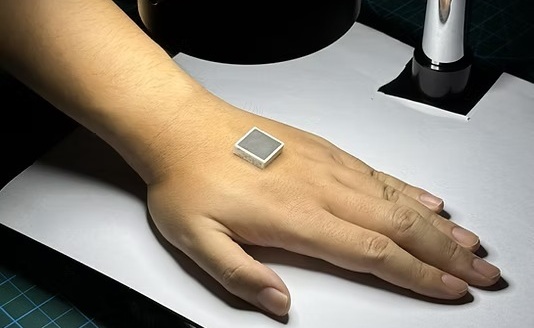
Wearable Ultrasound Imaging System to Enable Real-Time Disease Monitoring
Chronic conditions such as hypertension and heart failure require close monitoring, yet today’s ultrasound imaging is largely confined to hospitals and short, episodic scans. This reactive model limits... Read more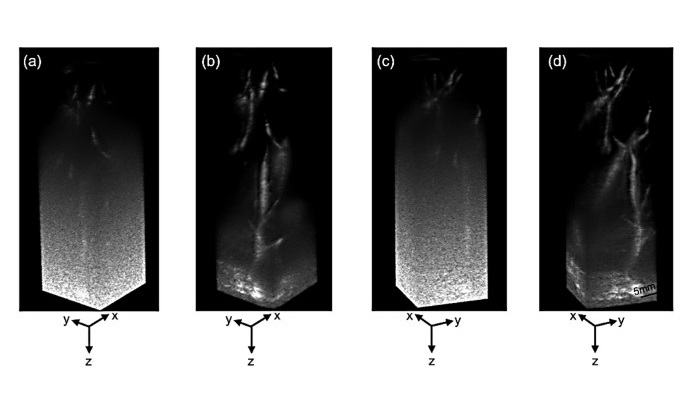
Ultrasound Technique Visualizes Deep Blood Vessels in 3D Without Contrast Agents
Producing clear 3D images of deep blood vessels has long been difficult without relying on contrast agents, CT scans, or MRI. Standard ultrasound typically provides only 2D cross-sections, limiting clinicians’... Read moreNuclear Medicine
view channel
PET Imaging of Inflammation Predicts Recovery and Guides Therapy After Heart Attack
Acute myocardial infarction can trigger lasting heart damage, yet clinicians still lack reliable tools to identify which patients will regain function and which may develop heart failure.... Read more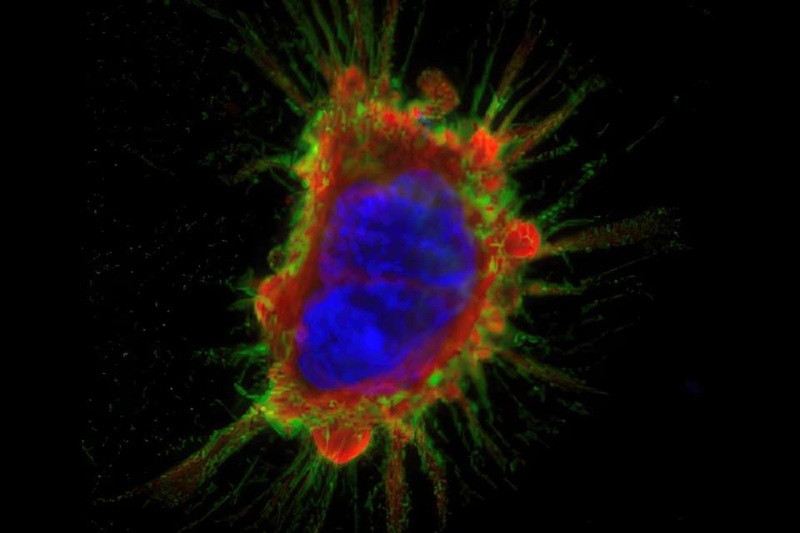
Radiotheranostic Approach Detects, Kills and Reprograms Aggressive Cancers
Aggressive cancers such as osteosarcoma and glioblastoma often resist standard therapies, thrive in hostile tumor environments, and recur despite surgery, radiation, or chemotherapy. These tumors also... Read more
New Imaging Solution Improves Survival for Patients with Recurring Prostate Cancer
Detecting recurrent prostate cancer remains one of the most difficult challenges in oncology, as standard imaging methods such as bone scans and CT scans often fail to accurately locate small or early-stage tumors.... Read moreImaging IT
view channel
New Google Cloud Medical Imaging Suite Makes Imaging Healthcare Data More Accessible
Medical imaging is a critical tool used to diagnose patients, and there are billions of medical images scanned globally each year. Imaging data accounts for about 90% of all healthcare data1 and, until... Read more
Global AI in Medical Diagnostics Market to Be Driven by Demand for Image Recognition in Radiology
The global artificial intelligence (AI) in medical diagnostics market is expanding with early disease detection being one of its key applications and image recognition becoming a compelling consumer proposition... Read moreIndustry News
view channel
GE HealthCare and NVIDIA Collaboration to Reimagine Diagnostic Imaging
GE HealthCare (Chicago, IL, USA) has entered into a collaboration with NVIDIA (Santa Clara, CA, USA), expanding the existing relationship between the two companies to focus on pioneering innovation in... Read more
Patient-Specific 3D-Printed Phantoms Transform CT Imaging
New research has highlighted how anatomically precise, patient-specific 3D-printed phantoms are proving to be scalable, cost-effective, and efficient tools in the development of new CT scan algorithms... Read more
Siemens and Sectra Collaborate on Enhancing Radiology Workflows
Siemens Healthineers (Forchheim, Germany) and Sectra (Linköping, Sweden) have entered into a collaboration aimed at enhancing radiologists' diagnostic capabilities and, in turn, improving patient care... Read more













